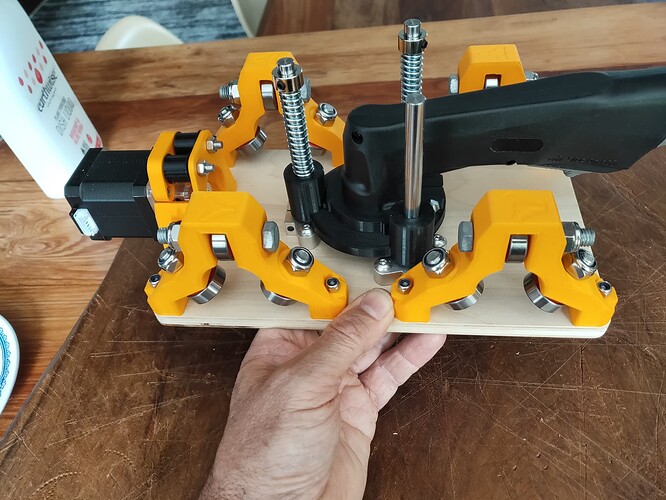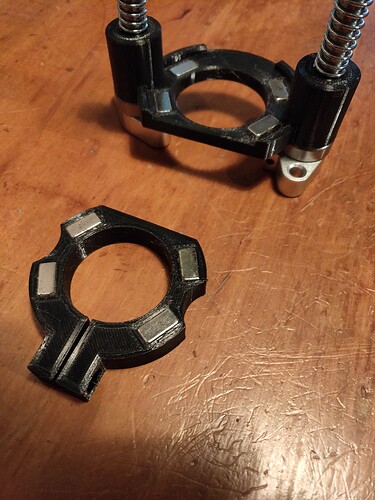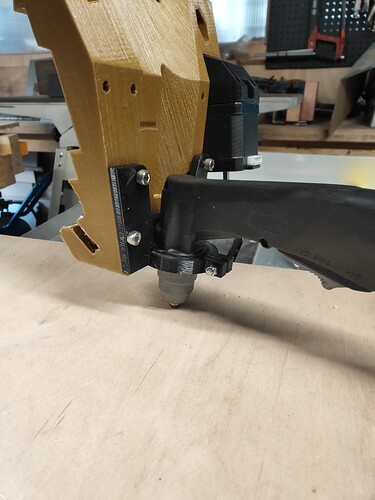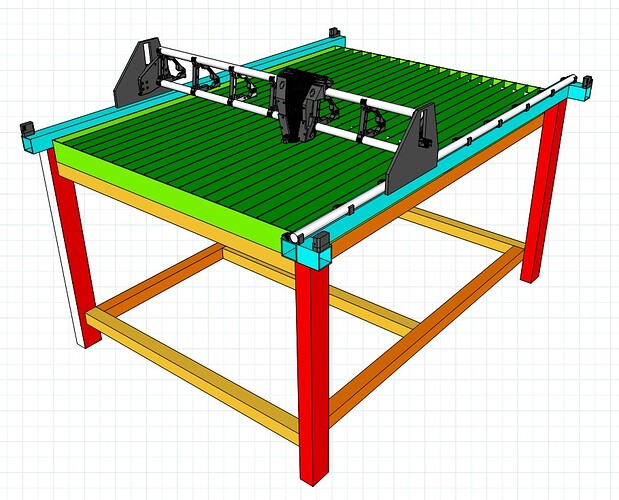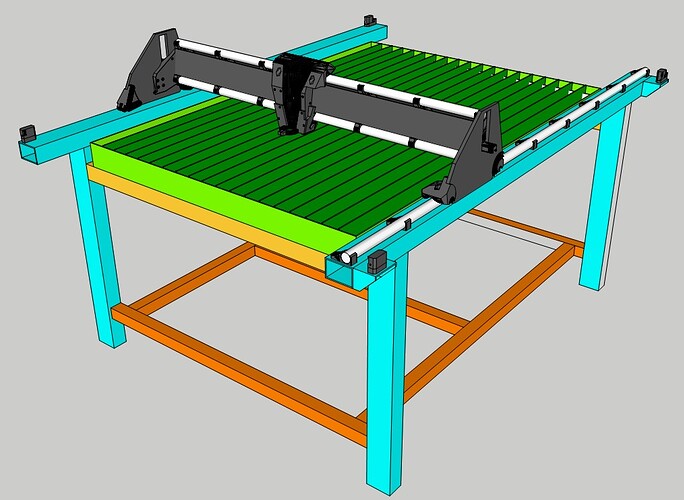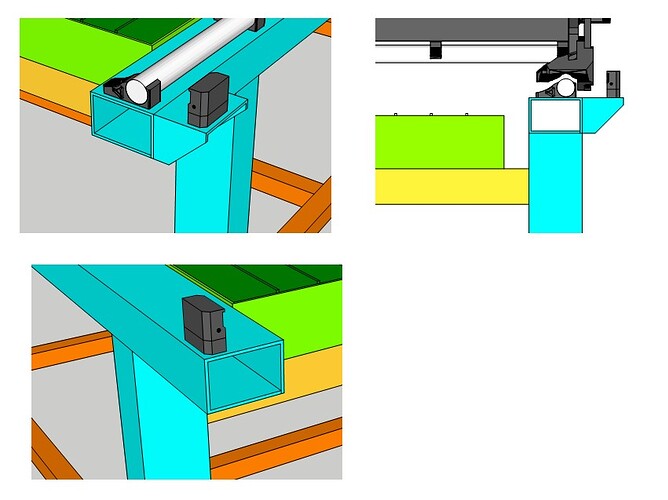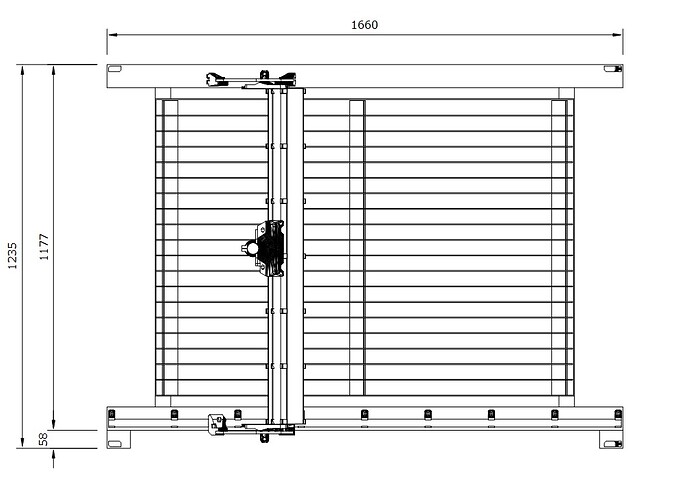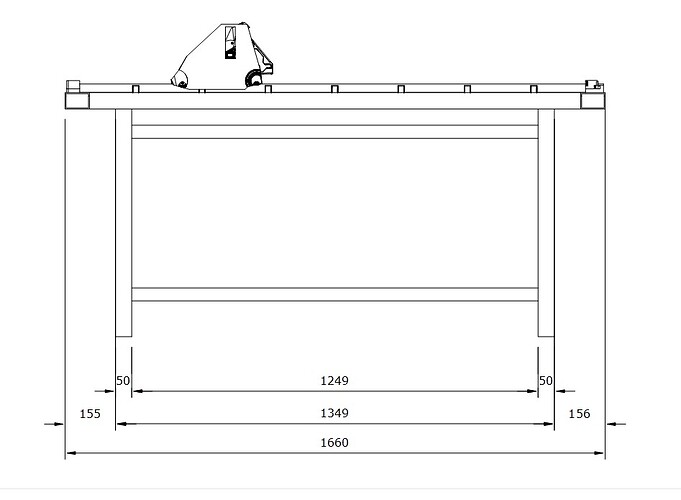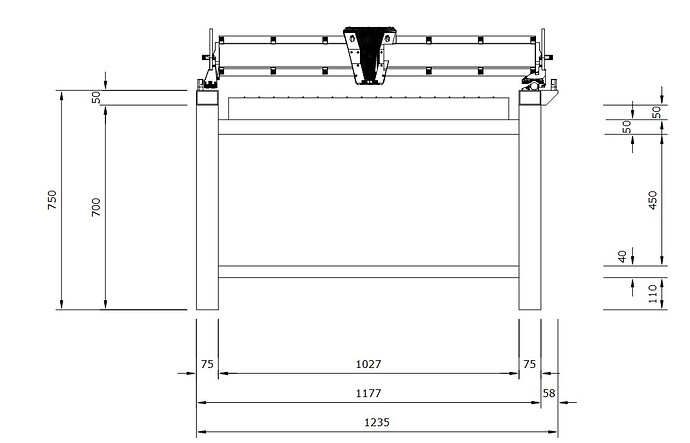In qtplasmac a float switch acts as backup to the ohmic should it fail and doubles as a breakaway when not touching off. Point being maybe the mount could be designed to use a single switch to accomplish both goals anyway? Maybe setup normally closed and then either mount floating OR falling off would open the switch… idk
The new LR3 core looks perfect for a straight machine torch, unfortunately I just have a hand torch for now.
Back in January I had started working on a floating mount for my hand torch on LR2 also with a magnetic breakaway as further level of safety.
I’m back to scratch now creating a new mount for LR3 core and definitely like the idea of a floating head.
I like where you went with the lr2 version! One lesson I’ve learned the hard way is it doesn’t take much spring pressure to function as needed, and it doesn’t take much spring pressure to warp the PLA over time. Next time I will adjust the spring so that the mount is under minimal if any pressure at all from the spring when at rest.
Good advice on the springs, the one’s I have are probably way too strong. I’ll probably go through a few prototypes before I get to a good design.
Now I need to get my head back into where it was at 6 months ago on the Linux and controller setup before a long pause!
I am trying to dream up a water table. I think I want to have two LR3’s, but in the same footprint. Lift off the wood one when using the plasma. My buddy just called yesterday and wanted too plasma cut some stuff but I have it all apart…to finalize the LR3. Time for more plasma now that it is done!
Look forward to seeing what you come up with for convertible LR on same footprint. My plan is to have a separate dedicated LR3 plasma cutter in my welding area to keep the sparks and water completely separate from wood and dust.
I’ll post my table design soon, I’m open to any suggestions before I commit to the final design.
Looking forward to this build. I recently built a system running Linuxcnc on a rpi with mesa. Was going great until a slip of a screw driver totaled my mesa card. Please document this build as much as possible.
Down draft table might treat you well Ryan. You just have to ventilate and you will not get near as contaminated cuts. If you have a saw dust system, you might be part of the way there.
Here’s my first draft of table design for the plasma cutter. I’m planning on using mostly 50x50 and 75x50 RHS as that’s what I have left from previous jobs. 75mm deep water table with the top of slats 20mm below the top of rails which Y rails mount to give a bit of clearance for splashing without compromising on the lowrider staying low in z if that makes sense.
I’m limited by space in my workshop so am designing for a 900x1250 workspace to fit 1/3 of a sheet of steel. Would love a bit larger sheet size but that’s what I’ve got.
I like that.
I had not considered running the slats lengthwise…makes so much sense. Less cutting and we have relatively small builds so the rigidity is still there. I need to find a local metal shop to get started on mine. I think I will aim for what you have just drawn up!
Biggest advantage I find with running slats along length is when loading material, you can slide the steel plate along the slats from the front without it catching as it hits the edge of each slat if the run across.
I’ve got a couple of minor tweaks then I’ll post a more detailed plan.
I had not even thought of that!
My thoughts as well!
Youll want to consider the “dead space” at the ends of the table where the torch can’t reach. Are you going to weld the rail tubes in place or will they be adjustable?
(Edit) Oh, I should also mention that it’s a good idea to have some curve in the slats. Reason being that when a cut is passing over the material and the slat at the same time it can throw off the thc voltage readings. If your slats are curved then the chances of some cut continuously following a slat are minimal vs if the slats were perfectly horizontal or vertical.
Yep, planning on having a curve in the slats, just haven’t shown it in the model. The slats will sit into grooves cut in steel angle at each end and centre, will offset the grooves in centre to give curve which will also give a good friction fit to hold the slats but allow them to be easily removed.
At the moment the side rails extend 50mm in from each end of water table to give correct y length but I take your point about dead space, could probably keep rails at current length and reduce the length of water table and slats to just a bit longer than the actual useable travel of the core.
Here’s version 2 of my plasma table design
Very similar to previous design but have changed the orientation of 75x50 RHS so the rail support brackets fit better and tweaked other framing to suit this.
Looking good! Is there a center support for the water pan?
Yep, 50x50 RHS frame under perimeter and centre of water table.
My electronics will take up a lot more space than a Rambo or skr board so I’ll build an enclosure for them somewhere under the table.
Hey, just checking if you have any updates? I managed to my my LR3-based plasma rig up and running (finally) and I’m loving it!
Hi Doug
Unfortunately for my lowrider my business has developed in a different direction and all of my time and finance is taken up with trying to get the business off the ground. Definitely keen to get back to finishing the project up and running when I can devote some time to it.
I must have another good read if the forum to get inspired, I certainly enjoyed seeing what you were doing with your build as there aren’t many building the lowrider for a plasma cutter.
Pete
